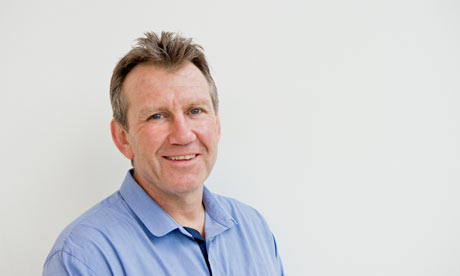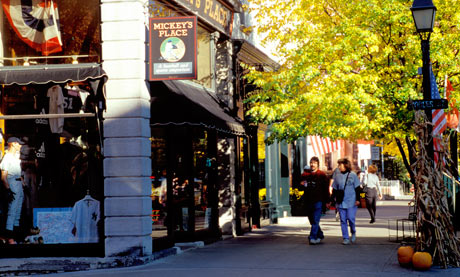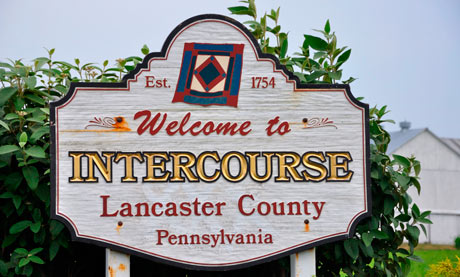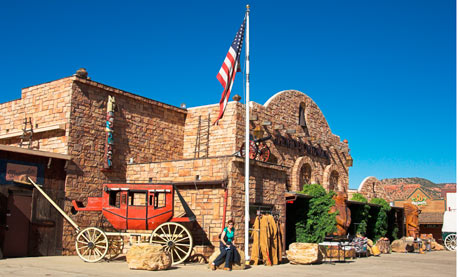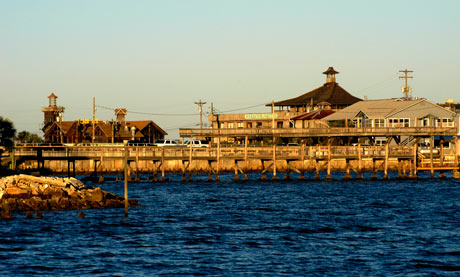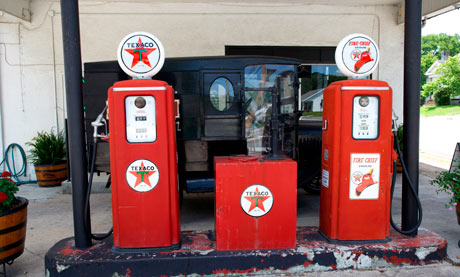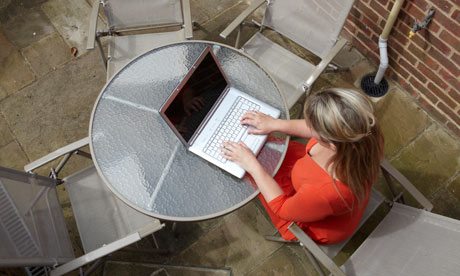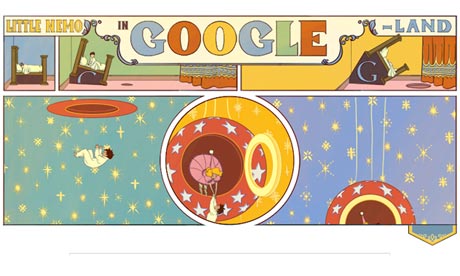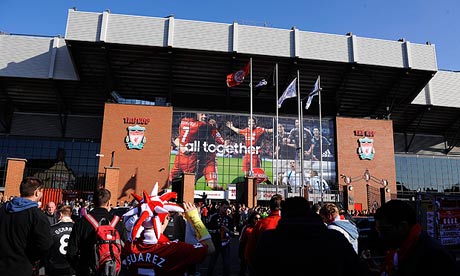
Liverpool have moved a step closer to redeveloping Anfield after formally confirming their preference is to remain at their existing home and not build a new stadium in Stanley Park.
Symbolically, on the day of Fenway Sports Group's two-year anniversary of buying the club, a definitive way forward in relation to the long-running ground issue was identified by the managing director, Ian Ayre.
Liverpool City Council has announced extensive plans for a regeneration of the Anfield area having secured a £25m grant with a housing association set to also invest heavily.
On the back of that, the club plan to push ahead with proposals to extend and improve their only home since 1892.
"Today represents a huge step forward for the Anfield area. Everyone at the football club knows the importance of today," said Ayre. "We welcome the opportunity to be part of this partnership – we want to thank Joe Anderson [the mayor of Liverpool] and the council for the time and the support they've given us to help make the right decision.
"LFC celebrated its 120th year in 2012 at Anfield and there is no doubt Anfield is the spiritual home of the club – our preference was always to remain at Anfield. This is a major step forward for the football club, but more importantly the residents.
Ayre added: "This is step one as there is land to acquire, plans to be approved etc, but this is a significant moment. Questions about capacity and cost are not for today – not until we have certainty."
Redevelopment is likely to see major improvements to, and extensions of, the Main Stand and the Anfield Road end, although that is all subject to planning permission, which has been made possible by the regeneration plans to clear some streets close to the ground, and the support of homeowners and the community.
However, redevelopment is entirely dependent on being able to get the necessary permissions to carry out the work the club want – which means a new-build on Stanley Park cannot be conclusively ruled out until those have been secured.
One of the main reasons a new stadium did not fit the bill was the financial aspect. The club would have spent upwards of £300m and yet increased match-day capacity by only around 15,000.
Ayre always maintained that even with a naming rights deal, a new stadium did not make good financial sense and that is why they always leaned towards a redevelopment of Anfield.
FSG has updated a historic old stadium before. It did a similar thing at Fenway Park, home of the Boston Red Sox, and it will now look to do the same on Merseyside.
"Over the last two years one of the things that we've had to do, and was important to do, was analyse the detail of what works, what doesn't work, what the economical situation is for either solution," Ayre told Liverpool's official website. "If you build a new stadium, for example, one of the big challenges is that you don't get 60,000 new seats in a new stadium, you only get the difference [with the existing capacity]. That makes it very difficult to make it viable because the cost of building such a big new stadium doesn't work economically, particularly in this market.
"The work we've done on that showed us that as long as we could find the right solution to stay at Anfield, and get through the barriers and hurdles that we needed, we would have to find the best long-term solution for the club that had sustainability and worked economically.
"Added to that is the fact that I'd say it was very much the preference for our fans, the majority of our fans, and certainly for all of us. We've had some of the greatest triumphs in our history here, so it makes sense if there's a right solution that this is the place we should continue to play our football.
"I know a proposition of staying at Anfield has been looked at before, but fundamentally the difference is that for the first time ever all of the relevant parties are coming together for a common initiative, and that common initiative is not for the needs of the football club but actually the needs of the community."





